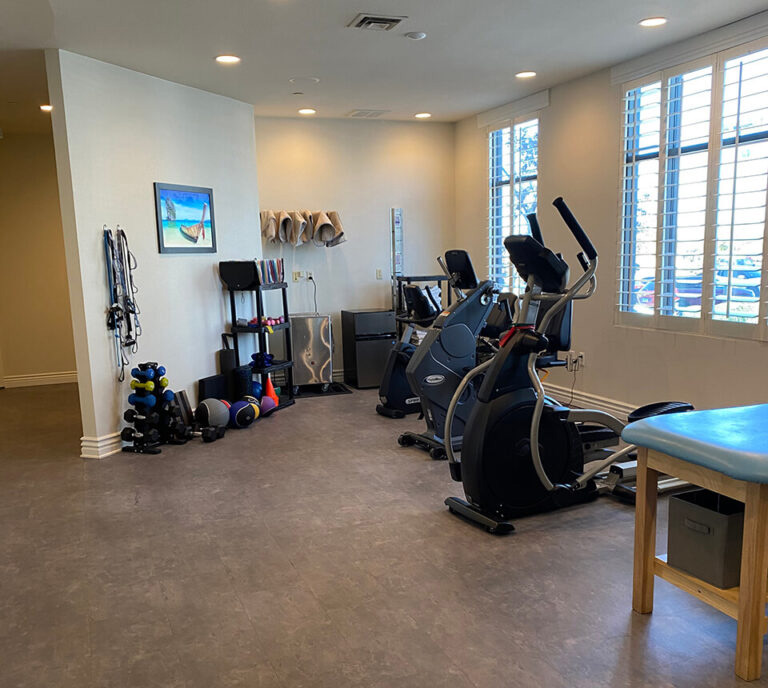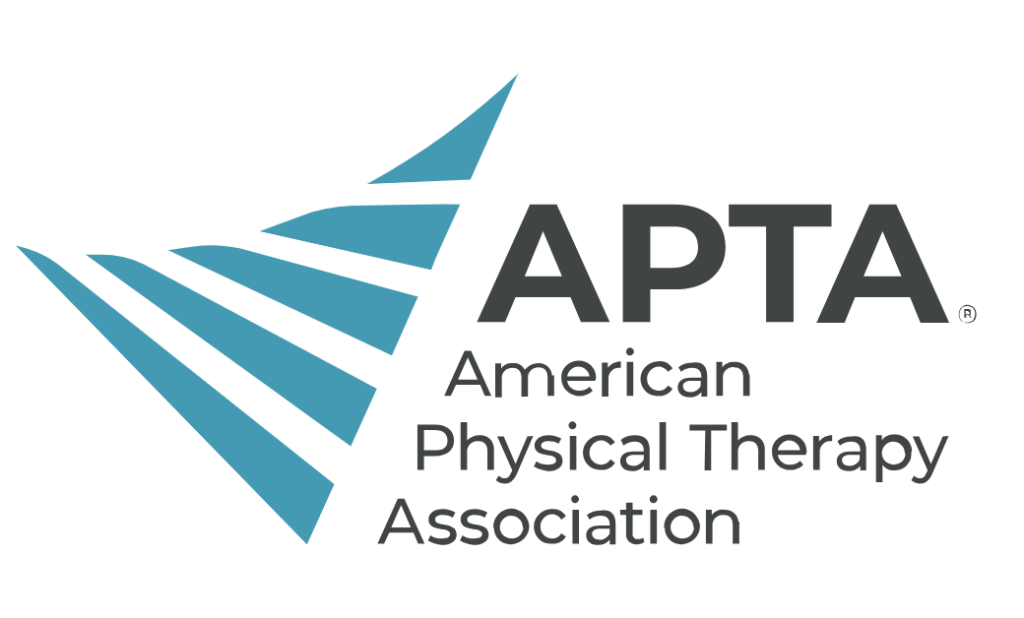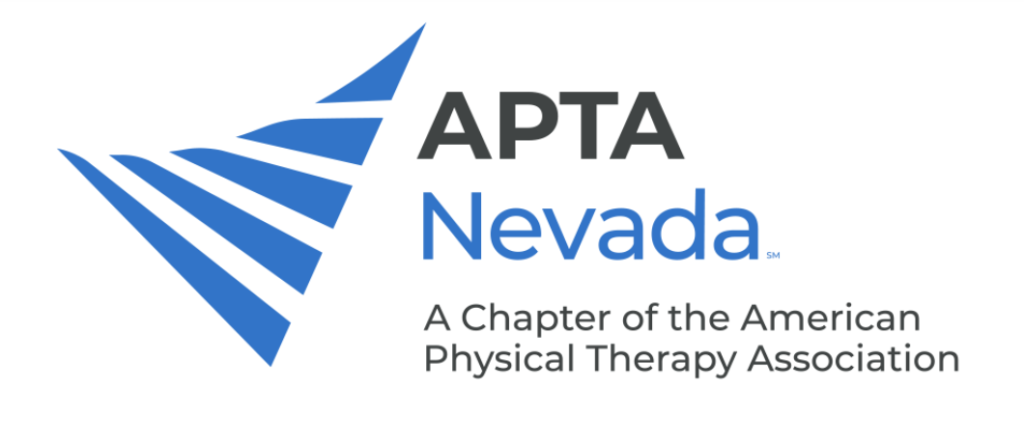Home » Services » Vertigo Physical Therapy
Physical Therapists for Vertigo in Las Vegas, NV
Table of Contents

Is Physical Therapy for Vertigo Right for Me?
Vertigo causes the patient to feel swaying or spinning internally, even when standing still. Problems in the brain or inner ear cause this feeling.
The most common causes of vertigo involve the inner ear, known as peripheral vertigo. One such condition is benign paroxysmal positional vertigo, or, (BPPV), Meniere’s disease and vestibular neuritis can lead to vertigo symptoms.
Tiny particles made of calcium tend to cluster inside the inner ear canals, which control balance. These calcium particles lead to BBPV, the most common form of vertigo.
Physical therapy for vertigo, remarkably benign paroxysmal positional vertigo (BPPV), focuses on specific exercises and maneuvers designed to help manage and alleviate symptoms.
Physical therapy for vertigo helps by:
Relocating misplaced otoconia in BPPV cases reduces or eliminates vertigo symptoms. Adaptation and habituation exercises train the brain to compensate for imbalances in the inner ear.
We are improving balance and reducing the risk of falls through targeted exercises. Enhancing strength and flexibility can help manage and reduce symptoms over time.
About Lyons Physical Therapy
Lyons Physical Therapy offers an extensive array of therapeutic services, tailoring evaluations and treatments to each patient’s unique requirements. Our treatment plans feature guided stretching and strengthening exercises alongside techniques like electrical stimulation, traction, warm, moist heat, cold therapy, ultrasound, and iontophoresis. Our manual therapy techniques encompass massage, joint mobilization, manipulation, myofascial release, and trigger point therapy.
We accommodate same-day walk-ins and provide weekend sessions by appointment. At Lyons Physical Therapy, our commitment is to deliver top-notch, individualized care through direct, hands-on treatments for every patient.

Benefits of Physical Therapy for Vertigo
Physical therapy for vertigo offers numerous benefits, particularly for individuals experiencing vertigo due to inner ear disorders like benign paroxysmal positional vertigo (BPPV), vestibular neuritis, or Meniere’s disease. Here are some of the critical benefits of undergoing physical therapy for vertigo:
Effective Symptom Management: Physical therapy maneuvers, such as the Epley or Semont maneuvers, are highly effective in managing symptoms of BPPV by repositioning the displaced otoconia to its correct location, thereby significantly reducing or eliminating vertigo episodes.
Non-Invasive Treatment: Physical therapy offers a noninvasive treatment option compared to medication or surgery, which might have side effects or require a more extended recovery period. Lyons Physical Therapy’s noninvasive nature makes it a safer first-line treatment option for many patients.
Reduction in Dizziness and Nausea: Vestibular rehabilitation exercises can help patients experience decreased intensity and frequency of dizziness and nausea. These exercises help adapt the vestibular system to changes and improve overall function.
Improved Balance and Stability: Vestibular rehabilitation therapy (VRT) includes exercises that enhance balance and stability, reducing the risk of falls, which is particularly beneficial for older adults or those whose vertigo affects their mobility.
Increased Confidence and Independence: As balance and stability improve, individuals often feel more confident in their ability to move around safely, leading to increased independence and quality of life.
Customization to Individual Needs: Physical therapy can be tailored to the specific needs and conditions of the patient, ensuring a more effective and personalized treatment plan.
Facilitation of Compensation: Physical therapy helps the brain compensate for the imbalance in the inner ear system. Exercises designed to challenge the vestibular system encourage the brain to adapt, assisting patients in managing their symptoms better daily.
Prevention of Recurrences: By teaching patients how to perform certain maneuvers at home, such as the Epley maneuver or Brandt-Daroff exercises, physical therapy equips individuals with the tools to manage or prevent future episodes of vertigo.
Enhanced Coordination and Focus: Exercises that involve focusing on or tracking objects while moving can improve eye-head coordination, which is often affected by vestibular disorders.
Personal Empowerment: Learning how to manage vertigo symptoms effectively can empower patients, reducing anxiety and depression that may accompany chronic dizziness and imbalance.
Contact Lyons Physical Therapy
Our Process
Visit
Upon their initial visit to Lyons Physical Therapy offices in one of our Las Vegas area locations, our patients begin by completing the necessary paperwork covering their injury history, past medical history, and current pain levels.
Examination
Diagnosis
Regular Physical Therapy Sessions
Progress Check and Reassessment
Our Equipment
- Mechanical Cervical
- Lumbar Decompression Traction Machines
- HawkGrips (Graston)
- Instrument-Assisted Soft Tissue Mobilization Tools
- Electric Stimulation Machines
- Exercise Bikes, Ellipticals
- Leg Press
- Massage Tables
- Arm Bikes
Our Programs





